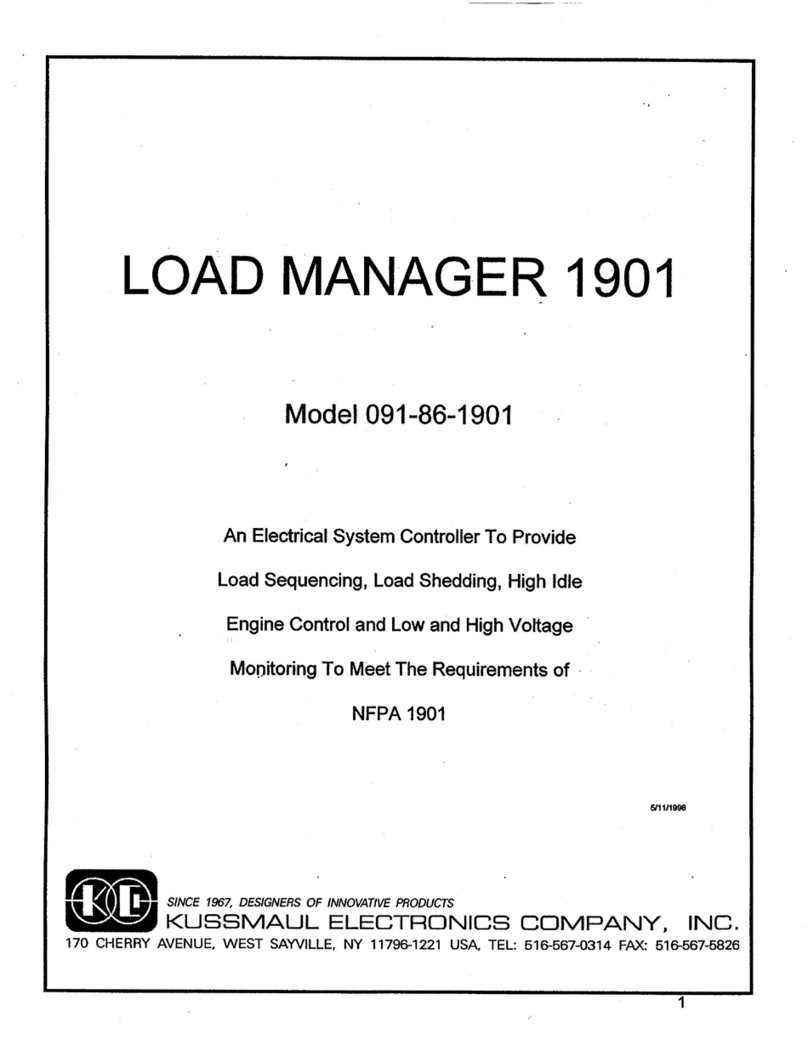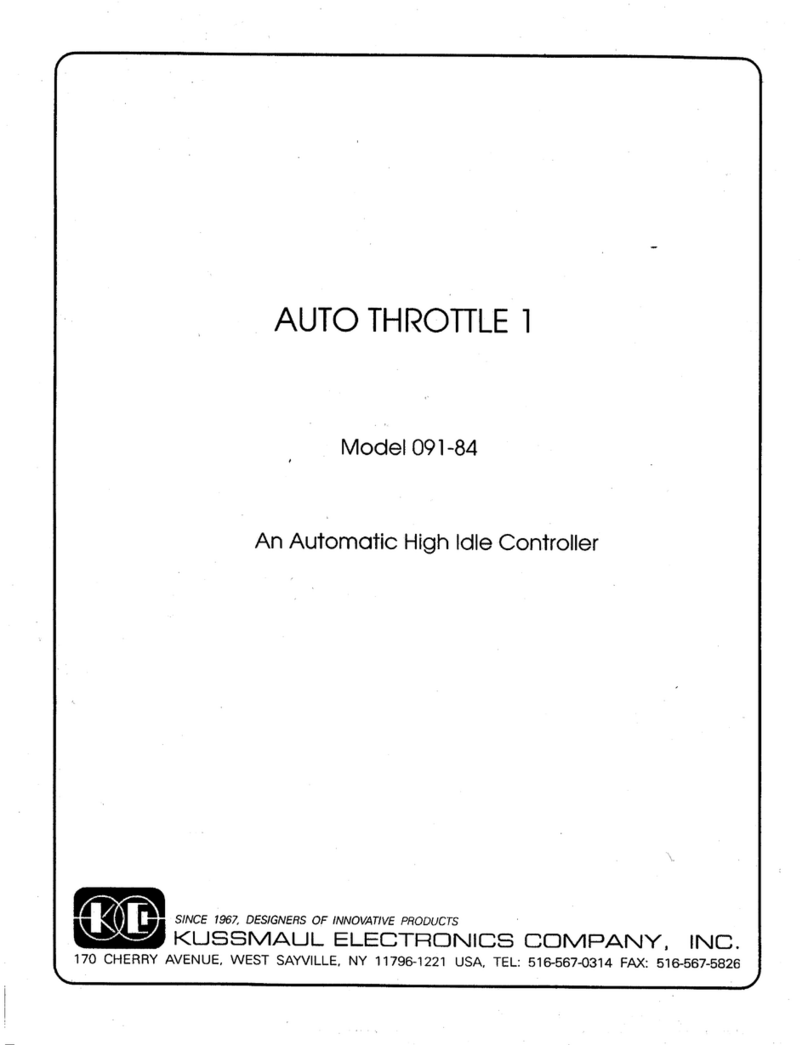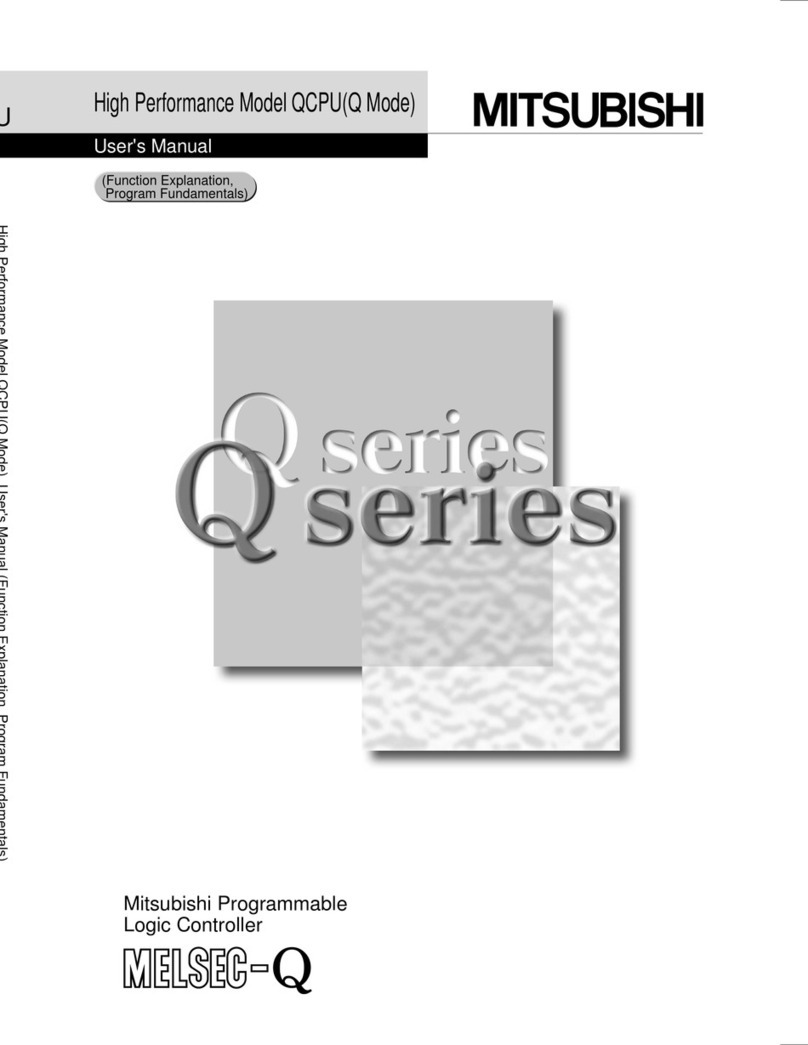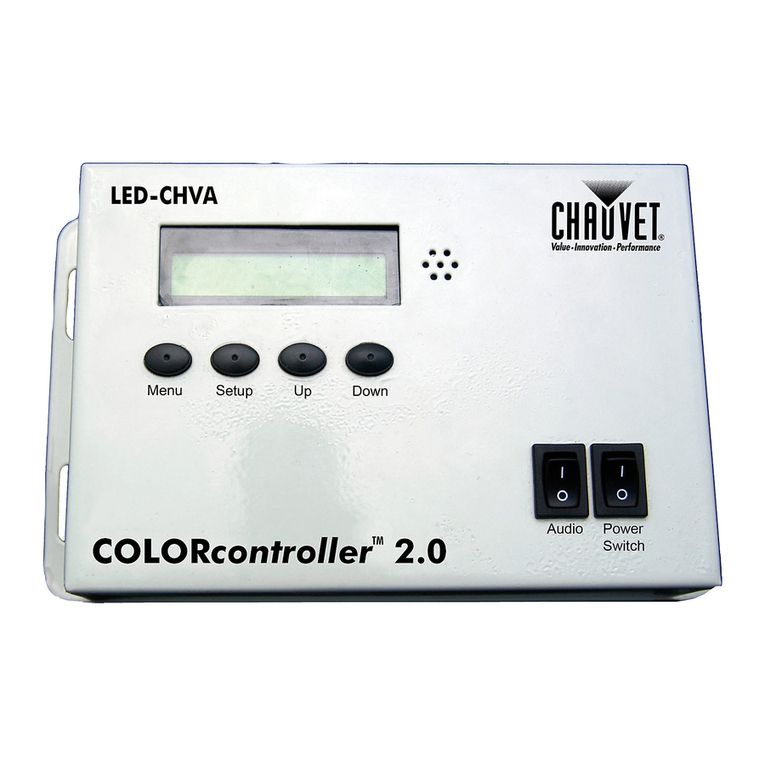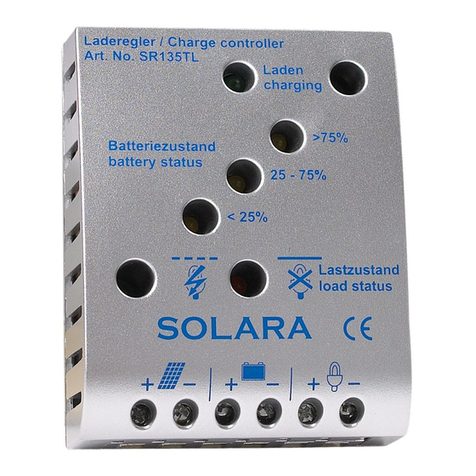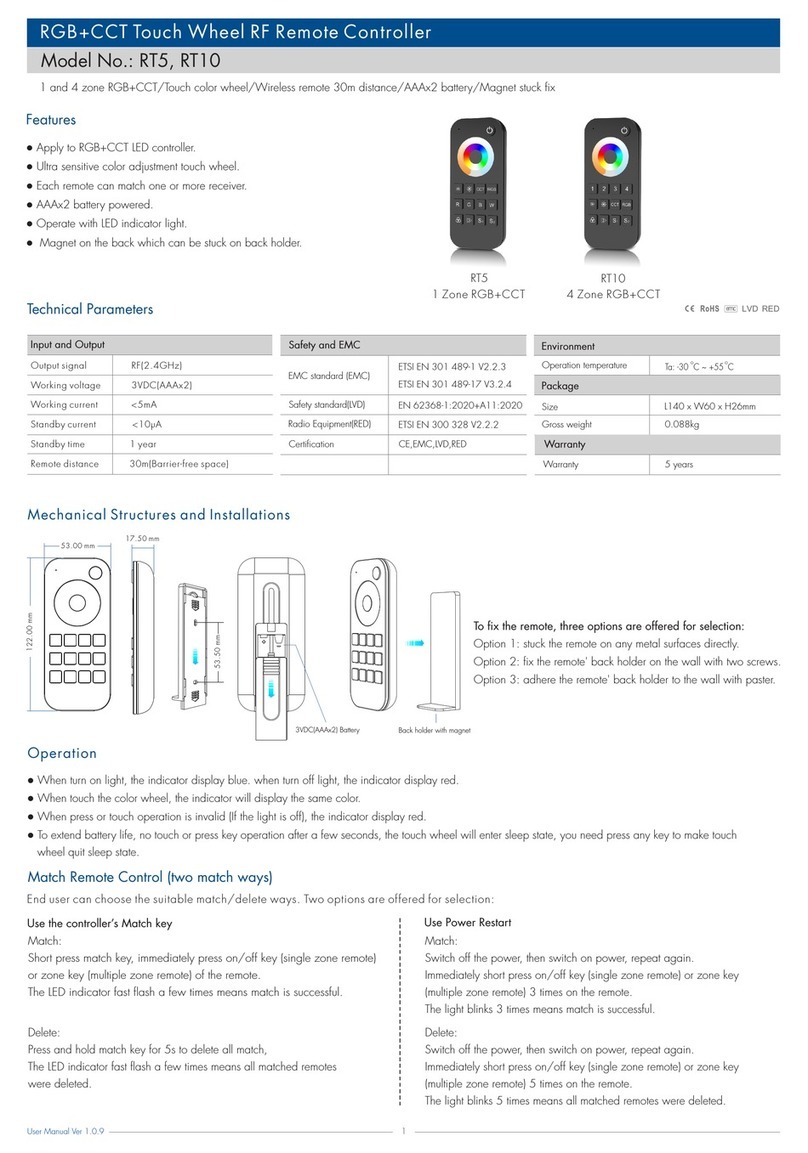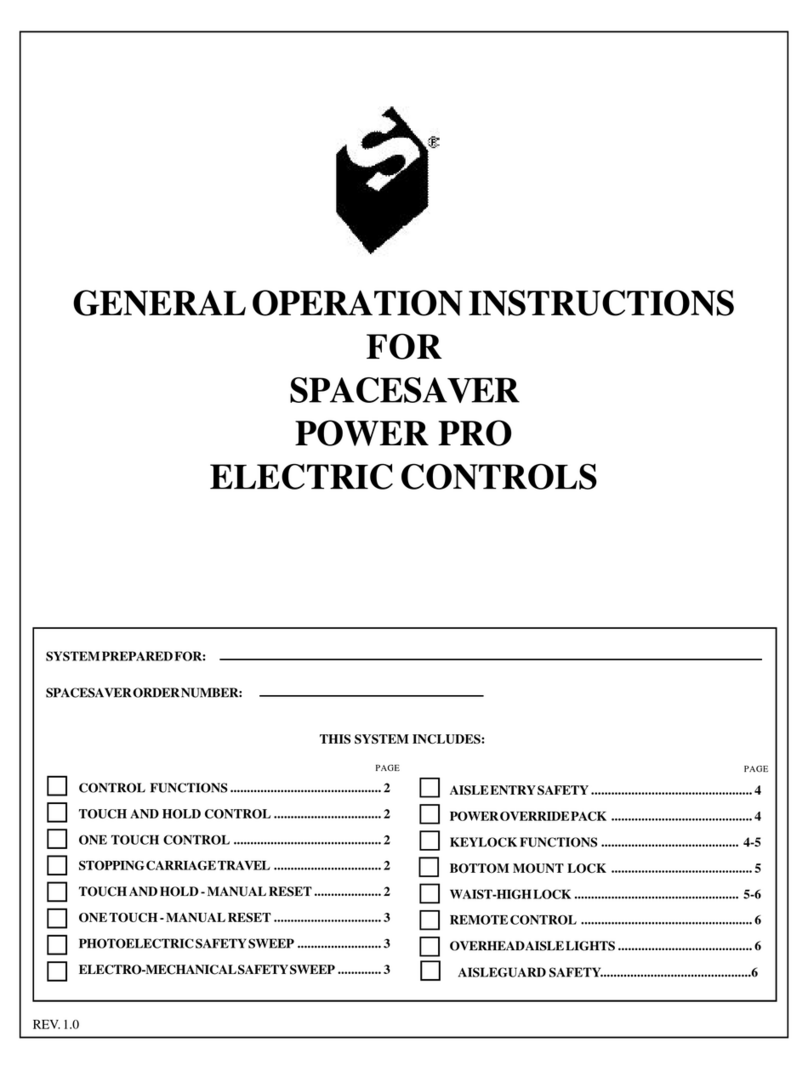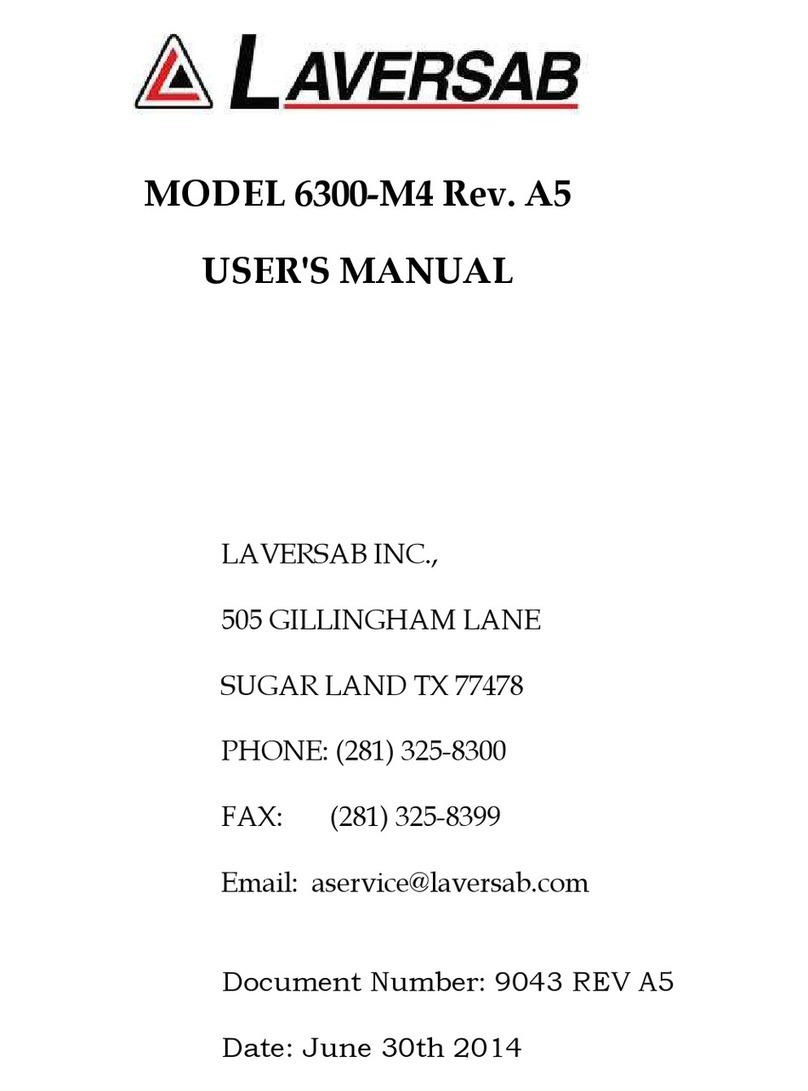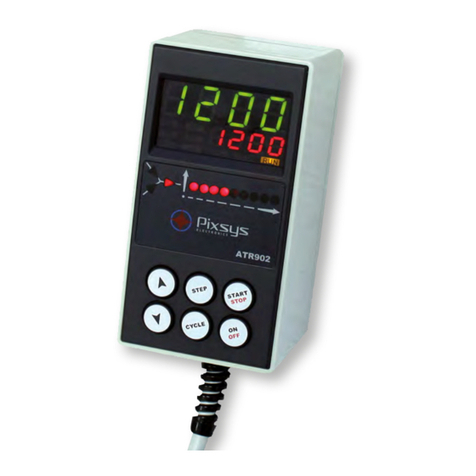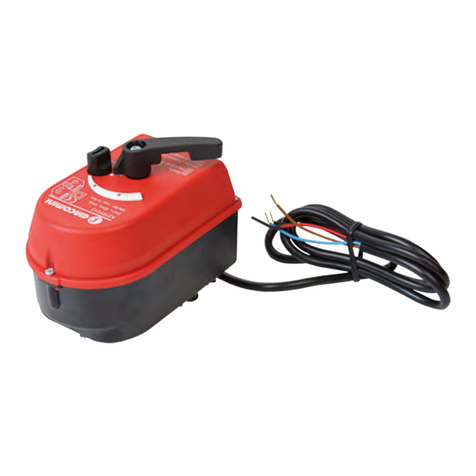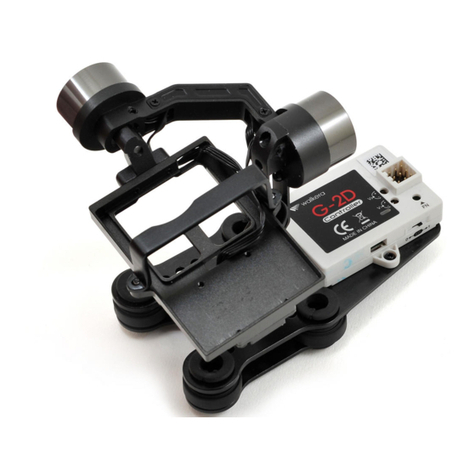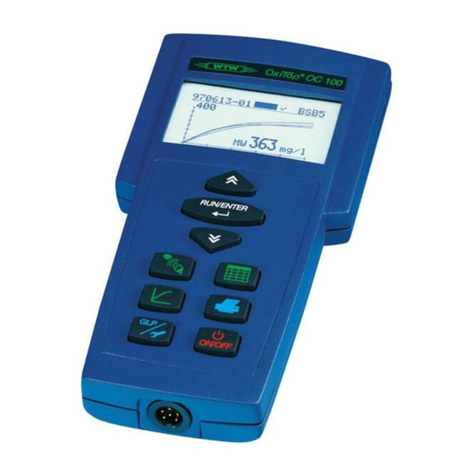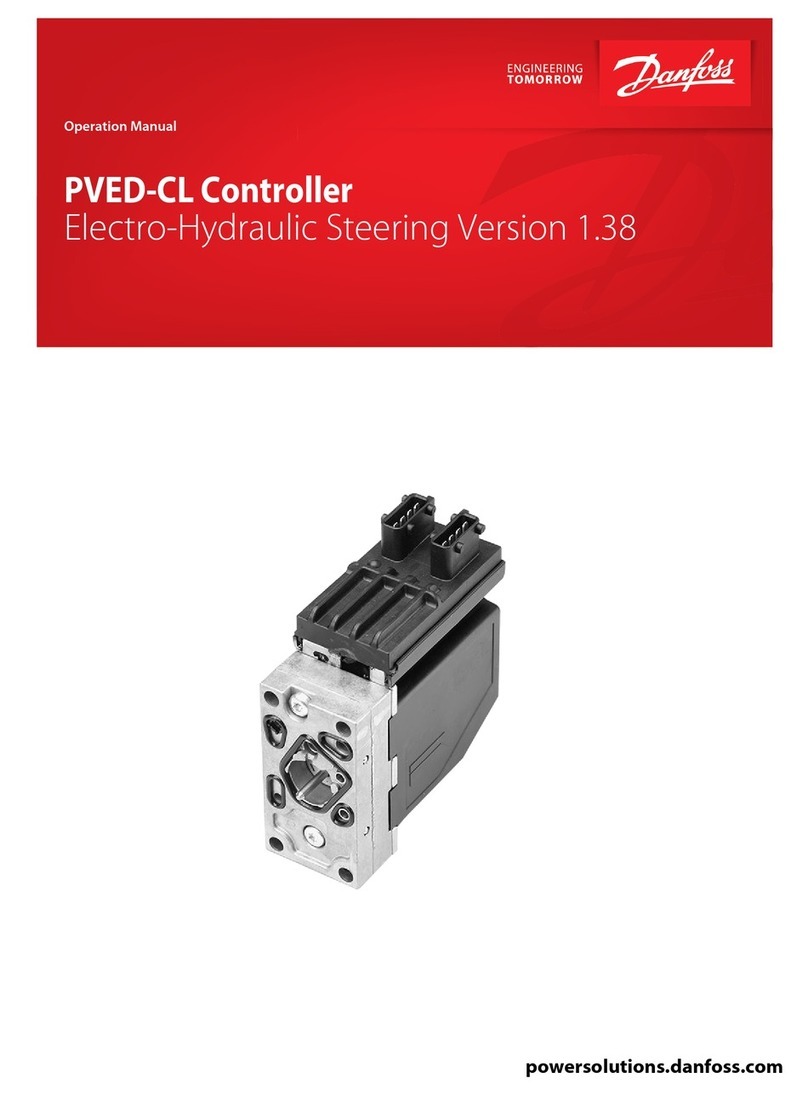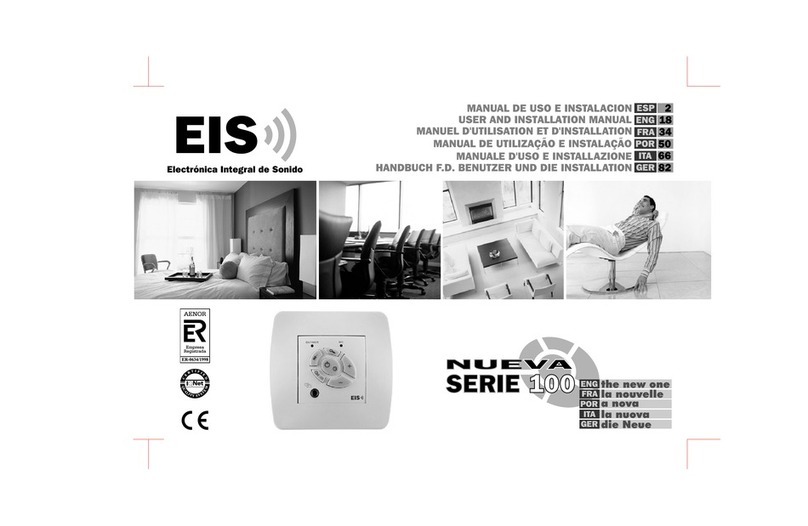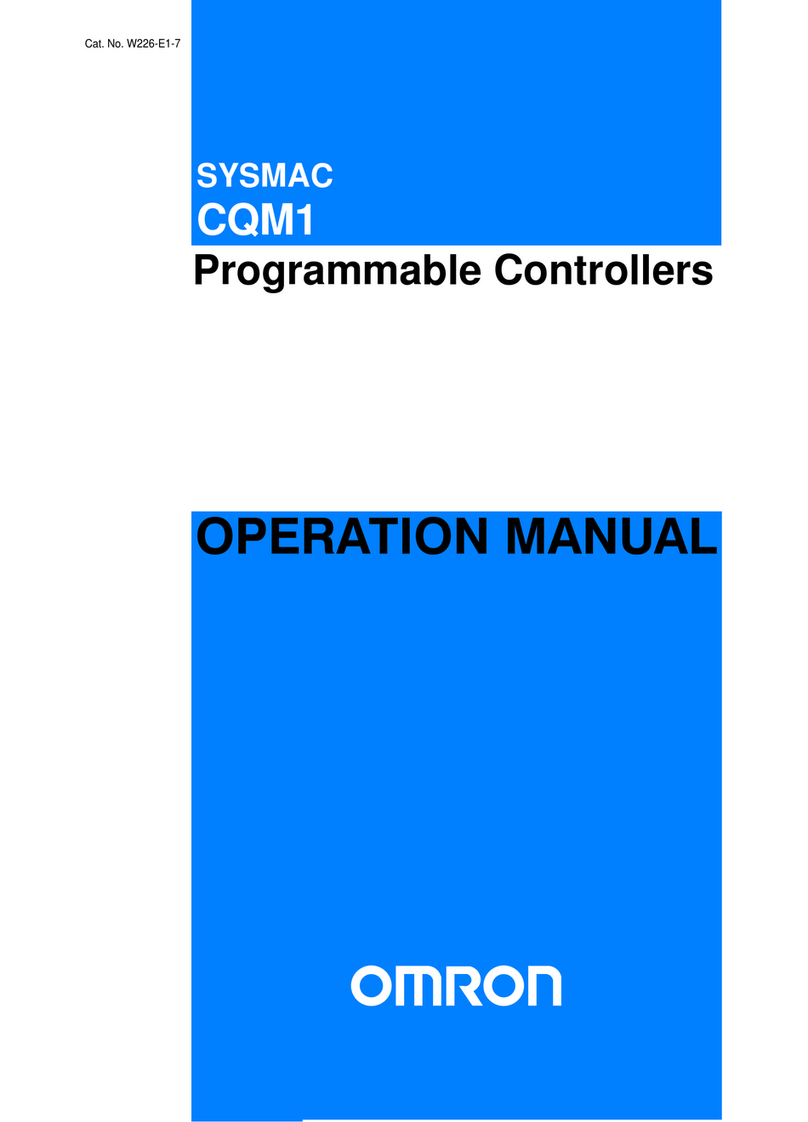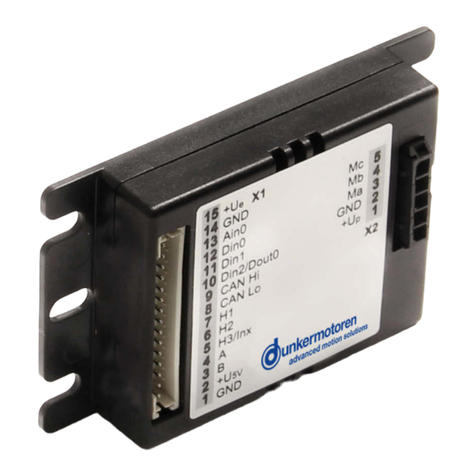KUSSMAUL 091-32 User manual

INSTRUCTION MANUAL
3 YEAR WARRANTY
KUSSMAUL ELECTRONICS CO., INC.
170 CHERRY AVE., WEST SAYVILLE, N.Y. 11796
BOOK# 091-32-1
TEL: in NY 631-567-0314631-567-0314
631-567-0314631-567-0314
631-567-0314 TOLL FREE: 800-346-0857800-346-0857
800-346-0857800-346-0857
800-346-0857 FAX: 631-567-5826631-567-5826
631-567-5826631-567-5826
631-567-5826
LOAD MANAGER
A START-UP AND SHUT DOWN
LOAD SEQUENCER AND
AUTOMATIC LOAD SHEDDING SYSTEM
MODEL #091-32

INTRODUCTION
The LOAD MANAGER is a device which:
1. Sequentially energizes and deenergizes relays at approximately 1/2 second
intervals in order to reduce transients in a vehicle’s electrical system.
2. Detects when the vehicle’s electrical load is greater than the output of the
alternator. When this occurs, loads are sequentially deenergized until the
alternator output is equal to the load.
The LOAD MANAGER features an input which permits selecting the load shedding feature or
operating only as an automatic load sequencer. It is possible to completely override the LOAD
MANAGER and operate all relays simultaneously by connecting one input to the vehicle ground.
An indicator circuit is included to operate a small LED indicator panel. This provides the vehicle’s
driver with the information that the LOAD MANAGER is active and loads are being removed from
the system.
LOAD MANAGEMENT PROGRAMMING
Recognizing that priorities may change after an installation is made, the LOAD MANAGER is
designed so that the sequence of load removal may be easily altered.
At installation, the highest priority load is wired to relay 1 which is operated by terminal 3. (NOTE
THAT THE RELAYS ARE NOT PART OF THE “LOAD MANAGER” AND ARE SUPPLIED BY THE
INSTALLER) The second highest priority load is wired to relay 2 which is operated by terminal 4.
A total of 7 relays, decreasing in priority are operated by terminals 5, 6, 7, 8, & 9. See the schematic
of figure 1.
Upon start-up, when the LOAD MANAGER operates as a sequential loading device, the loads are
applied in priority order with the highest priority first.
When the LOAD MANAGER feature is enabled and excessive electrical loads cause a drop in
battery voltage, the LOAD MANAGER will deenergize loads at approximately 60 second intervals
starting with the lowest priority. Loads will be removed until the voltage returns to normal.
After installation the user may vary the priority by altering the switch setting from the BASIC
SETTINGS illustrated in figure 2.

CAUTION
There are 5 switches, each with 5 levers.
Only one lever on each switch may be
in the “ON” position.
NOTE
The LOAD MANAGER is designed to operate relays. It is not necessaryThe LOAD MANAGER is designed to operate relays. It is not necessary
The LOAD MANAGER is designed to operate relays. It is not necessaryThe LOAD MANAGER is designed to operate relays. It is not necessary
The LOAD MANAGER is designed to operate relays. It is not necessary
to connect to all outputs. Any outputs, at the discretion of the installer,to connect to all outputs. Any outputs, at the discretion of the installer,
to connect to all outputs. Any outputs, at the discretion of the installer,to connect to all outputs. Any outputs, at the discretion of the installer,
to connect to all outputs. Any outputs, at the discretion of the installer,
may remain unused. Nothing should be connected to the unusedmay remain unused. Nothing should be connected to the unused
may remain unused. Nothing should be connected to the unusedmay remain unused. Nothing should be connected to the unused
may remain unused. Nothing should be connected to the unused
outputs. Relays must have a coil resistance of 40 ohms or greater.outputs. Relays must have a coil resistance of 40 ohms or greater.
outputs. Relays must have a coil resistance of 40 ohms or greater.outputs. Relays must have a coil resistance of 40 ohms or greater.
outputs. Relays must have a coil resistance of 40 ohms or greater.
DO NOT LOAD ANY OUTPUT WITH A RELAY WITH ADO NOT LOAD ANY OUTPUT WITH A RELAY WITH A
DO NOT LOAD ANY OUTPUT WITH A RELAY WITH ADO NOT LOAD ANY OUTPUT WITH A RELAY WITH A
DO NOT LOAD ANY OUTPUT WITH A RELAY WITH A
RESISTANCE LESS THAN 40 OHMSRESISTANCE LESS THAN 40 OHMS
RESISTANCE LESS THAN 40 OHMSRESISTANCE LESS THAN 40 OHMS
RESISTANCE LESS THAN 40 OHMS
Each switch controls the operation of a relay. The actuation sequence of a
particular relay is controlled by the individual levers of each switch. Lever #5 is
the lowest priority, while lever #1 is the highest. It is thus possible to arrange the
relay operating priority for the 5 lowest priority relays.

The Load Manager is a control which sequentially energizes and deenergizes 7 relay circuits by
connecting the coils of these relays to ground. In addition a voltage sensor senses the vehicle's
battery voltage and when this drops below a preset level, the Load Manager will deenergize relays
until the sensed voltage has stabilized.
With this general operation in mind the following is a brief discussion of the function of each of the
pins.
Pin 1: This is the +12 volt power which energizes the Load Manager. It also is the point at which the
vehicle's voltage is sensed. Pin 1 must be connected to a good, solid +12 volt source as close to the
battery as practical. Any voltage drop between the battery and the sensing point will appear to the
Load Manager as a reduction in battery voltage. This will then cause the Load Manager to shed
some loads.
Pin 2: This pin is a manual override of the Load Manager. Grounding Pin 2 will energize all of the
relays and bypass the Load Manager. No other inputs are required except the proper connection
to the load relays. Ground Pin 2 is an excellent way to verify the relay wiring on installation or to bypass
the Load Manager in case of malfunction.
APPLICATION NOTES FOR MODEL 091-32 LOD MANAGER
Connection to Pin 2 is not required for Load Manager operation
Pins 3, 4, 5, 6, 7, 8, & 9: These pins connect to the "low" side of the relays. The relay coils must be
energized with +12 volts and connection to ground is made through the Load Manager. The
installation instructions show that the manual control switch for each relay is wired to the "low" side.
This is the usual arrangement. It is not the only configuration that is possible. The individual load
switches can be wired to the supply side of the relay. The only requirement is that the Load Manager
must be the device that grounds the relay.
Pin 10: This is the ground pin for the Load Manager. Pin 10 is the power and signal ground. It must
be connected to a good ground or returned directly to the battery negative. Any voltage drop
between the point where Pin 10 is connected and the battery ( - ) will be sensed as a decrease in
battery voltage and will raise the voltage at which the load shedding starts. A good check of an
installation us to use a sensitive voltmeter and measure the voltage between Pin 10 and the battery
( - ) post. This voltage should not exceed .050 volts for all the load relays energized. Note that Pin
10 carries the total current of all the 7 relay coils connected to the Load Manager output. This can
be as high as 1 ampere. For a 10 ft. long wire connected to Pin 10 this would require a minimum wire
size of #14 AWG.

Pin 11: This is the output to the display. The Load Manager display contains two LED's. One LED,
the green one, is illuminated whenever the +12 volts is applied to the display. This indicates that the
load management circuit is active. The red LED is illuminated by grounding the yellow wire of the
display. This is done by Pin 11 and occurs when the Load Manager senses a low voltage.
Pin 12: This is a +12 volt input which starts the sequential switching of the relays. Applying +12 volts
to Pin 12 energizes the relays at approximately 1/2 second intervals. Removing the +12 volts from
Pin 12 will sequentially open the relays at approximately 1/2 second intervals. This voltage must be
12 volts or not less than .20 volts below the battery voltage. BEWARE OF LOW VOLTAGE!
Pin 13: This pin is not used and no connection should be made to it.
Pin 14: This pin turns "ON" the voltage sensor in the Load Manager. Applying +12 volts to Pin 14 will
make the Load Manager shed loads that cause the voltage at Pin 1 to drop below 11.5 volts (12.3
volts for PIE units). If Pin 14 is not connected, the Load Manager is a simple sequencer. When Pin
14 and Pin 12 are simultaneously supplied with +12 volts the Load Manager will sequence the loads
"ON" and sheds excessive loads simultaneously.
ABOUT LOAD SHEDDING
The Load Manager voltage sensing circuit has been designed to react very slowly to drops in voltage.
This is necessary to eliminate nuisance shedding due to transients and temporary drops in voltage.
The actual response time in any installation can vary widely for two reasons: 1. the number and
capacity of the batteries and 2. the amount of current that the loads draw in excess of the alternator
output.
Consider two installations. The first with only a single battery and the second with six batteries in
parallel. Now, for any given overload, the voltage of the single battery will decrease much more
rapidly than the voltage of the six batteries in parallel. Thus the Load Manager will detect the
overload sooner with the single battery and start to shed loads.
Similarly for any battery configuration, if the overload, the amount that the load current exceeds the
alternator output, is larger, then the battery voltage will drop faster and load shedding will occur
sooner.

Figure 2, Basic Switch Settings
ON
OFF
ON
OFF
OFF
ON
OFF
ON
OFF
ON

Figure 3, Outline, load Manager

Figure 1, Schematic, Load Manager Installation
LOAD MANAGER 091-32

INSTALLATION RECORD & WARRANTY
Date Installed
Installed By
Vehicle Identification
Vehicle Owner
WARRANTY
All products of Kussmaul Electronics Company Inc. are warranted to be
free of defects of material or workmanship. Liability is limited to repairing or
replacing at our factory, without charge, any material or defects which
become apparent in normal use within 3 years from the date the equipment
was shipped. Equipment is to be returned, shipping charges prepaid and will
be returned, after repair, shipping charges paid.
Kussmaul Electronics Company, Inc. shall have no liability for damages
of any kind to associated equipment arising from the installation and /or use
of the Kussmaul Electronics Company, Inc. products. The purchaser, by the
acceptance of the equipment, assumes all liability for any damages which
may result from its installation, use or misuse, by the purchaser, his or its
employees or others.
This manual suits for next models
1
Other KUSSMAUL Controllers manuals
